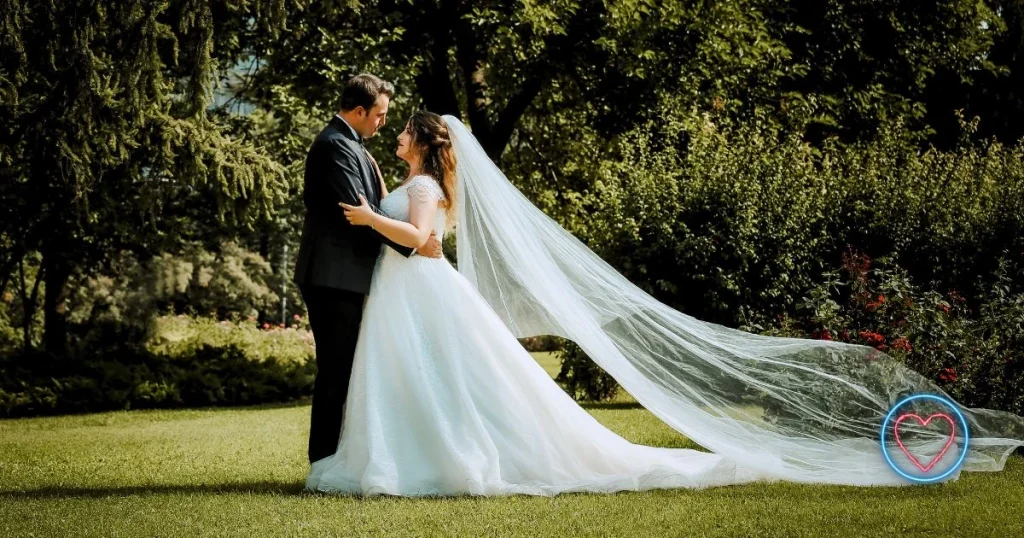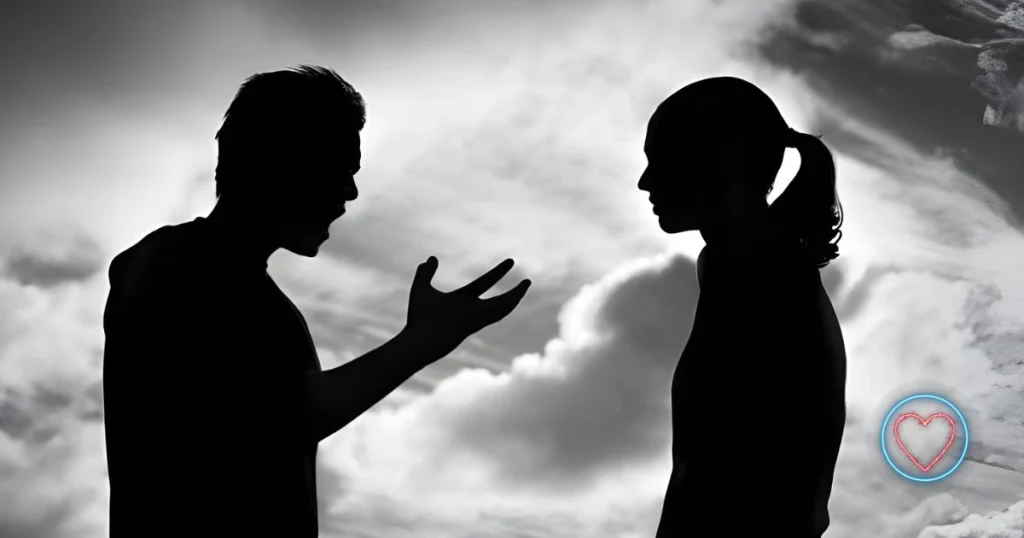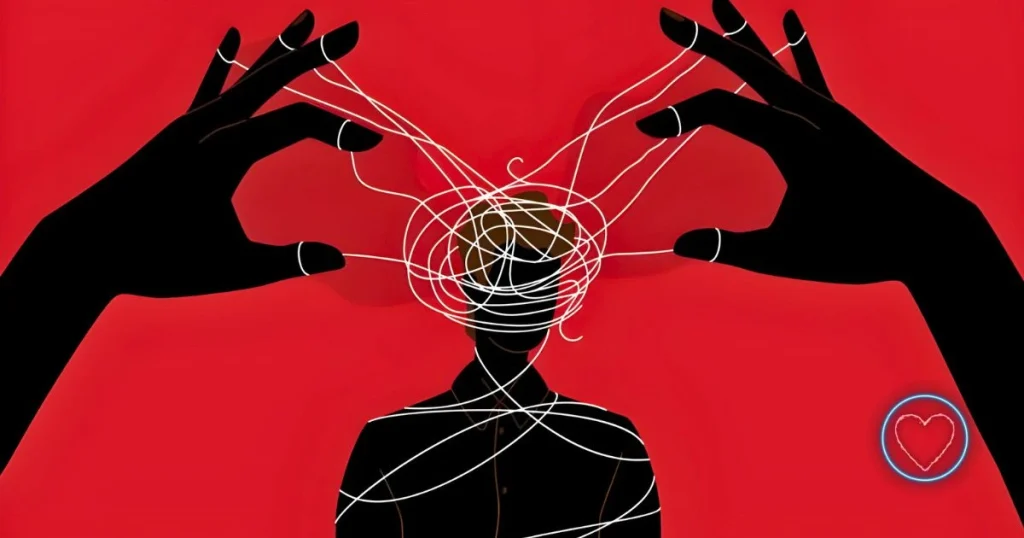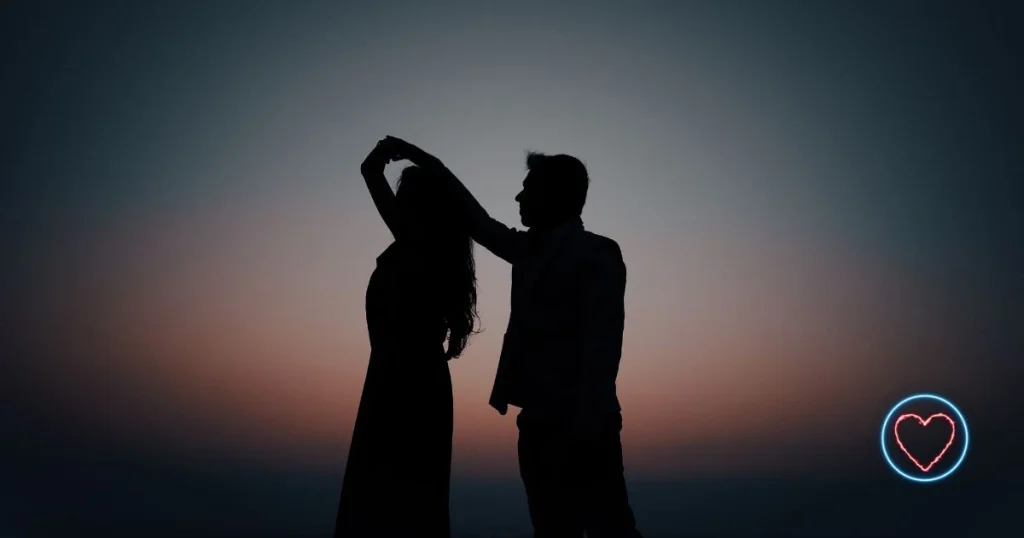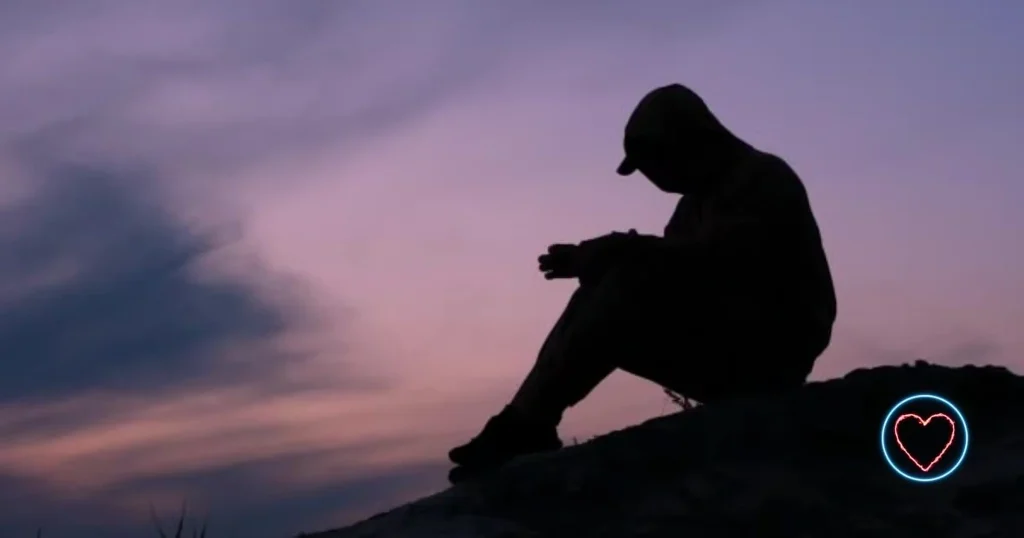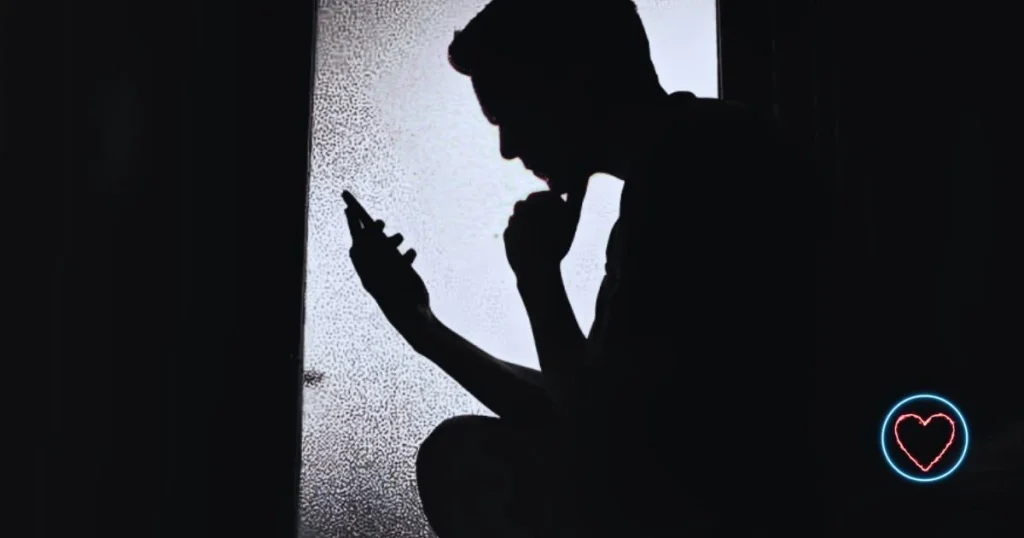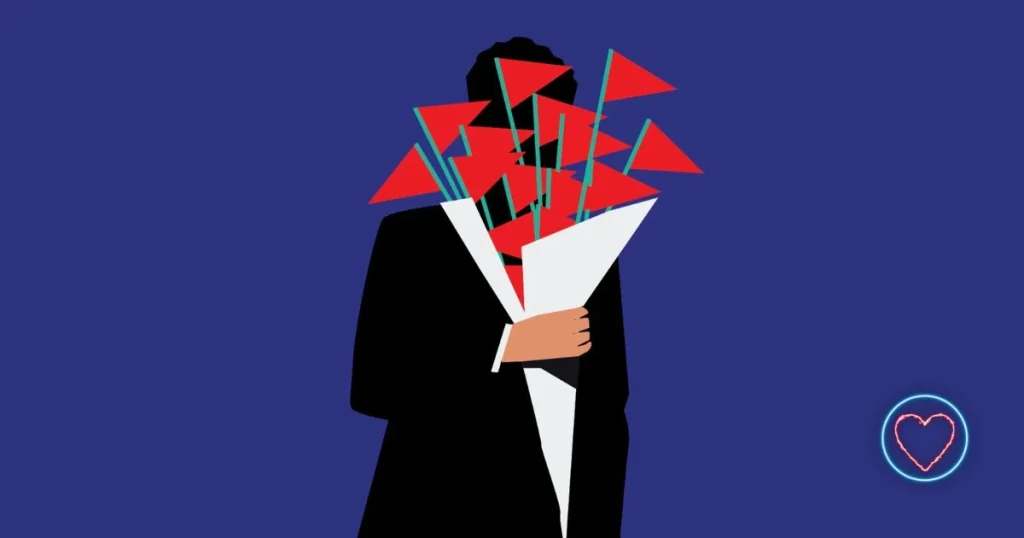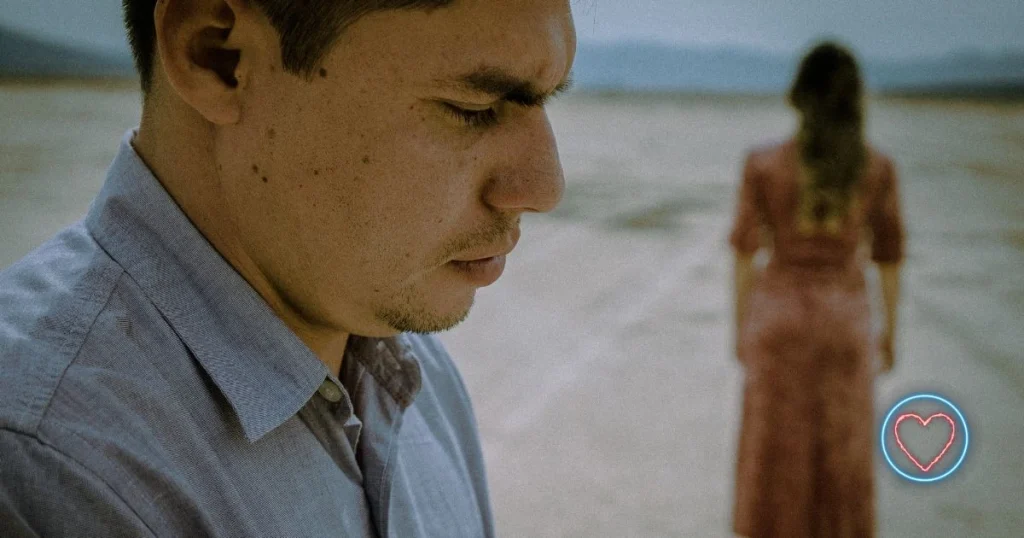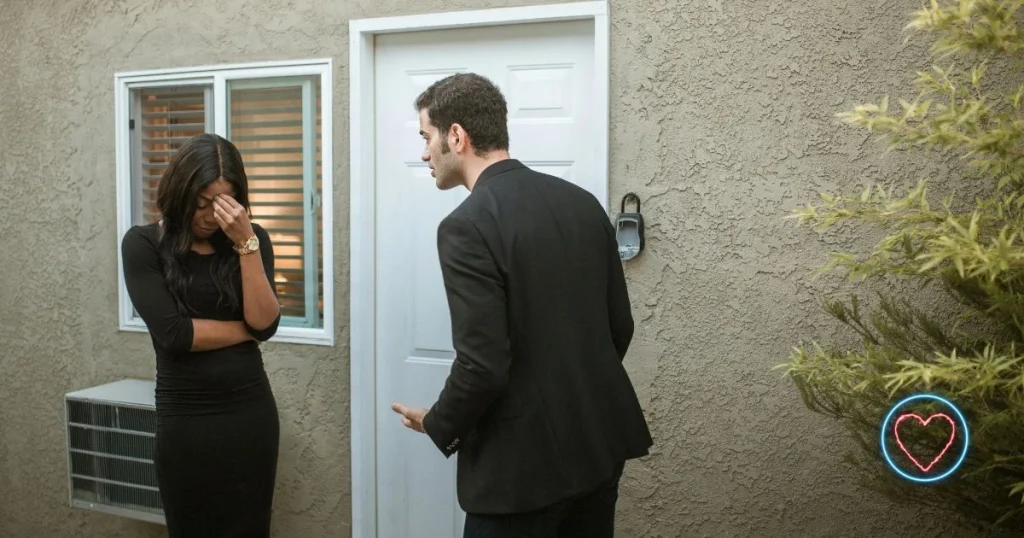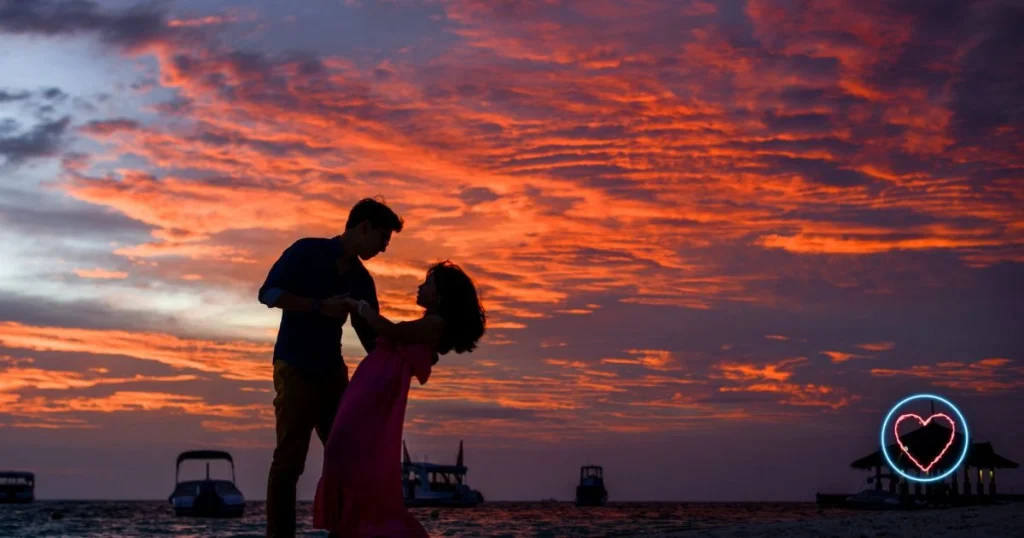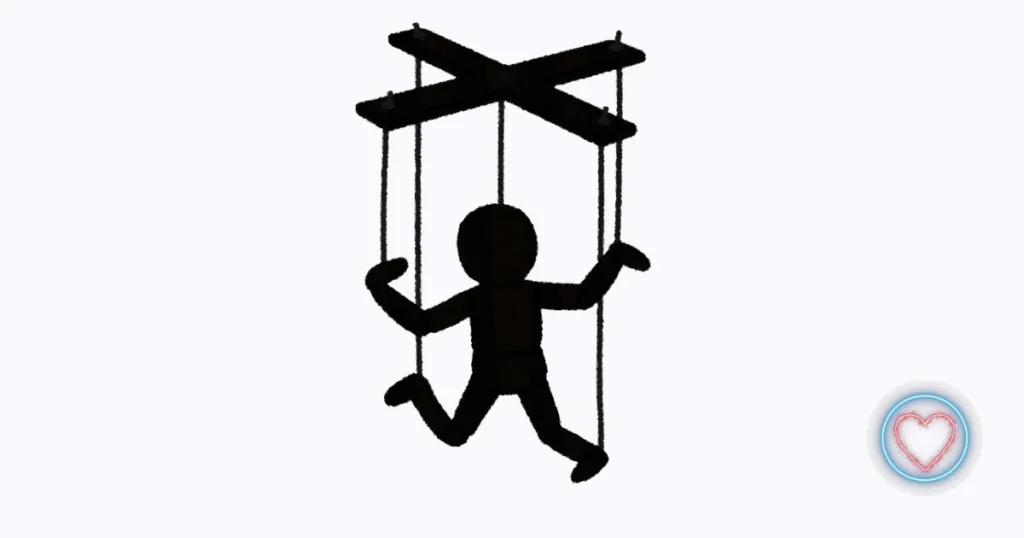In the ever-evolving world of literature, genres are often fluid—blending together to form compelling narratives that satisfy multiple reader cravings at once. One of the most popular and fastest-growing literary mashups today is “romantasy”, a portmanteau of romance and fantasy. This hybrid genre delivers the emotional highs of a love story wrapped in the high-stakes, otherworldly adventures of fantasy.
From TikTok trends to bestseller lists, romantasy is enjoying a golden era. Books like A Court of Thorns and Roses by Sarah J. Maas and Fourth Wing by Rebecca Yarros have cemented its place in pop culture, attracting millions of devoted fans who can’t get enough of steamy romances amid sword fights, dragon flights, magical kingdoms, and fae courts.
So, what exactly is romantasy? Why is it trending so powerfully now, and what makes it so irresistible?
What Is Romantasy?
Romantasy is a literary genre that blends elements of fantasy—magic, mythical creatures, invented worlds—with romance as a central plot driver. While fantasy often focuses on quests, battles, and world-building, romantasy keeps the romantic relationship (or relationships) at the heart of the story. The fantasy world is not just a backdrop; it’s woven into the emotional and relational journeys of the characters.
A romantasy novel typically includes:
- A magical or alternate world setting
- A central romance (often with slow-burn tension or enemies-to-lovers dynamics)
- High stakes: war, prophecy, political intrigue, or magical conflict
- Mythical or supernatural beings (dragons, fae, vampires, witches, etc.)
- Strong character development for both romantic leads
- Tropes galore—forced proximity, found family, forbidden love, mates, love triangles
A Brief History of Romantasy
Romantasy isn’t entirely new. Authors have been mixing romantic and fantastical elements for decades. Consider J.R.R. Tolkien’s The Lord of the Rings, where love subplots exist (like Aragorn and Arwen), or Marion Zimmer Bradley’s The Mists of Avalon, which weaves Arthurian myth with female-centric perspectives and romance.
But the genre as we know it today began taking clearer shape in the 1980s and 1990s, with writers like Anne Rice (The Vampire Chronicles) and Laurell K. Hamilton (Anita Blake series) adding romantic or erotic elements to fantasy and supernatural stories.
The Young Adult (YA) boom in the 2000s supercharged the trend. Books like:
- Twilight by Stephenie Meyer (romance + vampires)
- Throne of Glass by Sarah J. Maas (romance + magic assassin plots)
- Shadow and Bone by Leigh Bardugo (romance + dark fantasy)
These series captivated a generation of readers who wanted both swoon-worthy romance and epic fantasy.
By the 2020s, with the rise of BookTok (TikTok’s book-lover community), romantasy exploded in popularity, moving into New Adult and Adult markets. The genre became known for spice (open-door romance scenes), emotional depth, and cinematic world-building.
Why Is Romantasy So Popular Right Now?
1. Escapism with Emotional Depth
In uncertain times, readers crave escapism. Romantasy offers immersive worlds far removed from reality, but still anchored in universal emotions like love, loyalty, betrayal, and hope. It’s not just about escaping—it’s about feeling deeply.
2. Satisfying Tropes
Romantasy leans hard into beloved tropes: enemies-to-lovers, fated mates, “only one bed,” morally gray love interests, powerful heroines, and protective alphas. These storytelling devices hit emotional buttons that readers love to experience again and again.
3. Empowered Female Protagonists
Modern romantasy often centers on complex, powerful women—warriors, witches, queens—who are both vulnerable and formidable. Their journeys blend personal growth with romantic evolution, creating multidimensional characters readers root for.
4. Inclusivity and Representation
Many recent romantasy novels embrace diversity in race, gender, and sexuality. Queer romantasy, in particular, is seeing increased visibility and readership. Authors like Shelby Mahurin, Talia Hibbert, and Alexis Hall are writing inclusive tales that resonate across audiences.
5. BookTok and Online Fandoms
Social media has played a huge role. BookTok recommendations have turned previously midlist books into international bestsellers. Readers love posting fan art, alternate endings, “dream casts,” and chapter reactions. Romantasy books are perfect for this engagement, often leaving readers with emotional cliffhangers or scenes ripe for commentary.
Top Romantasy Titles (as of 2025)
Here are some romantasy books that have set the gold standard or recently taken the genre to new heights:
Fourth Wing by Rebecca Yarros
A dragon-riding military school. A reluctant heroine. A deadly love interest. This series has dominated bestseller charts and is already being adapted for television.
A Court of Thorns and Roses by Sarah J. Maas
A retelling of Beauty and the Beast with fae politics, steamy romance, and intricate lore. Maas’s books helped define the modern romantasy genre.
From Blood and Ash by Jennifer L. Armentrout
An orphaned maiden chosen by the gods navigates love and war in a steamy fantasy series full of twists and secrets.
The Serpent and the Wings of Night by Carissa Broadbent
A vampire romantasy with gladiator-style competitions, forbidden love, and rich world-building.
The Priory of the Orange Tree by Samantha Shannon
A feminist romantasy epic with dragons, sapphic romance, and political intrigue. It bridges the gap between literary fantasy and romantic storytelling.
Notable Tropes in Romantasy
Romantasy novels thrive on tropes. Readers often seek them out and judge books based on how well they execute these familiar—and beloved—structures.
Here are some of the most common:
- Enemies to Lovers: They hate each other… until they don’t.
- Fated Mates: Their bond is written in the stars or sealed by magic.
- Slow Burn: Tension builds for chapters (or books!) before payoff.
- Found Family: Lonely or outcast protagonists build their own tribe.
- One Bed: A classic setup for forced intimacy.
- Morally Gray Love Interest: The bad boy (or girl) who’s done terrible things… but only for a reason.
These elements help deepen emotional stakes and keep readers flipping pages.
YA vs. Adult Romantasy
Romantasy straddles both the Young Adult (YA) and Adult/New Adult categories. The key differences usually lie in:
- Age of protagonists: YA characters are teens; adult romantasy features older leads.
- Spice level: YA romantasy may contain fade-to-black scenes or none at all, while adult romantasy often includes explicit romantic content.
- Themes: YA often focuses on identity, rebellion, or coming-of-age. Adult books explore grief, trauma, career, and adult relationships.
Many authors, like Sarah J. Maas, have crossed over from YA to Adult romantasy, growing their readership alongside maturing characters.
Emerging Trends in Romantasy
As the genre continues to evolve, we’re seeing exciting developments:
1. Sci-Fi Romance Fusion
Books are starting to blend sci-fi elements with romantasy, creating hybrid worlds with magic and technology.
2. Sapphic and Queer Romantasy
More LGBTQ+ stories are gaining traction, focusing on diverse romantic experiences in fantastical settings.
3. Cultural Fantasy
Authors are exploring mythologies from Africa, Asia, and Latin America to create fresh romantasy settings rooted in non-Western traditions.
4. Villain Romance
Stories centered around morally ambiguous or dark characters—think love interests who are assassins, necromancers, or rulers of the underworld—are trending.
Romantasy on Screen
Hollywood and streaming platforms are racing to adapt romantasy hits. With lush visuals, high-stakes drama, and romantic tension, the genre is made for binge-worthy television.
Adaptations in development include:
- Fourth Wing (Amazon Studios)
- A Court of Thorns and Roses (Hulu)
- Shadow and Bone (Netflix, already released two seasons)
These shows are helping expand the genre’s audience far beyond book lovers.
Criticism and Challenges
While the romantasy boom is exciting, it’s not without critique:
- Overused tropes can feel formulaic when not executed well.
- Lack of diversity remains a concern, though it’s improving.
- Pacing issues can arise when trying to balance romance, world-building, and action.
- Some romantasy books prioritize aesthetics over plot or character depth, leading to accusations of “fan service.”
As the genre matures, authors and publishers will need to maintain quality and innovation to avoid saturation.
Final Thoughts: The Magic of Romantasy
Romantasy is more than a trend—it’s a testament to the power of imagination paired with the deep human desire for connection. In worlds filled with dragons and danger, or curses and crowns, romantasy stories remind us that love is a kind of magic all its own.
Whether you’re new to the genre or a seasoned fan, there’s always another kingdom to explore, another hero to swoon over, and another page-turning tale waiting to cast its spell.


